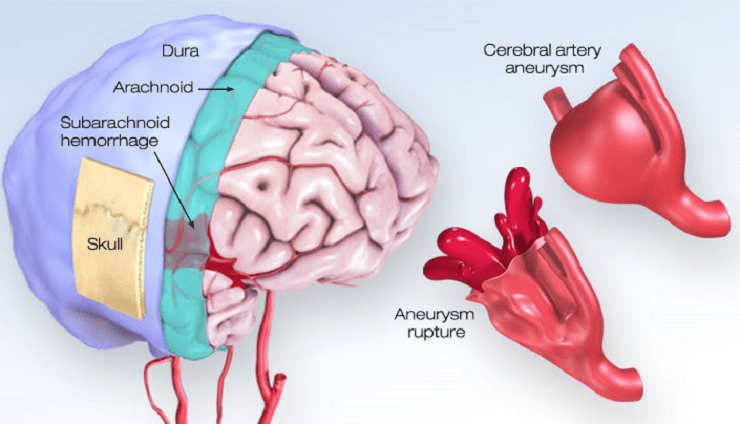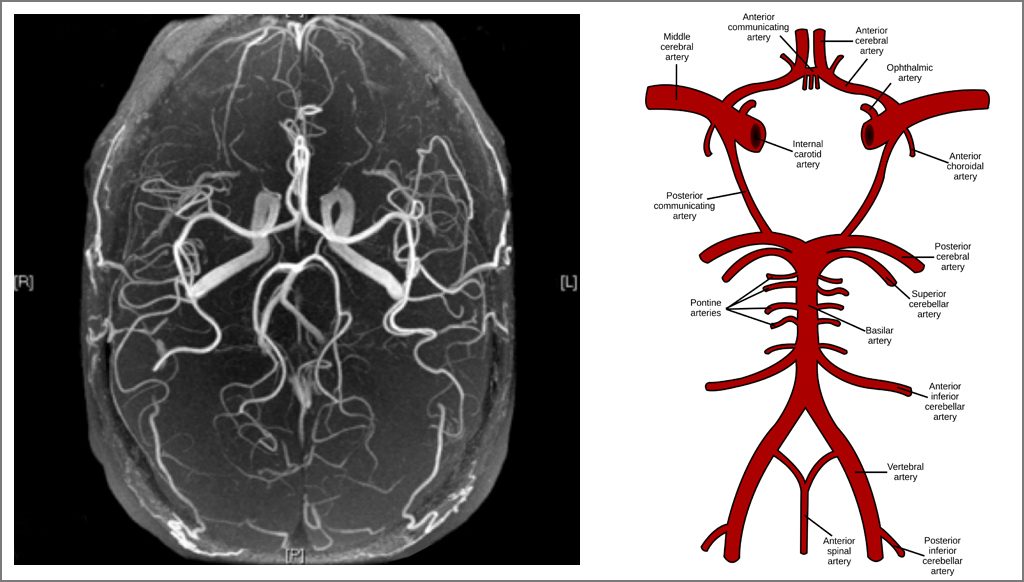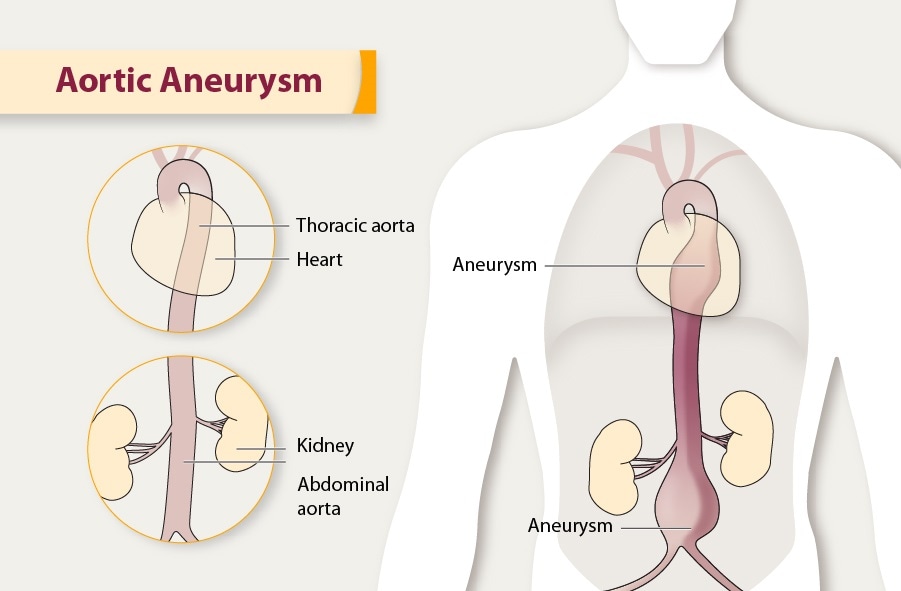In the realm of medical conditions, some silent threats lurk within our bodies, potentially causing life-threatening consequences. One such condition is an aneurysm, a serious condition that can affect various parts of the body. It is crucial to understand aneurysms, their causes, symptoms, and available treatment options to prevent catastrophic outcomes. This blog aims to provide a comprehensive overview of aneurysms, shedding light on this often-overlooked medical condition.
- Blogs
- General Knowledge
- Aneurysms The Silent Threat Unveiled 64a263a214e5bf000127f54c
Aneurysms: The Silent Threat Unveiled
General Knowledge • 3 Jul, 2023 • 1,695 Views • ⭐ 5.0
Written by Shivani Chourasia

What is an Aneurysm?

An aneurysm refers to an abnormal bulging or ballooning of a blood vessel, caused by the weakening of the vessel's wall. This weakening can occur due to various factors, such as high blood pressure, atherosclerosis, genetic predisposition, or trauma. Aneurysms can develop in different parts of the body, including the brain (cerebral aneurysms), the aorta (aortic aneurysms), or other blood vessels throughout the body.
Types of Aneurysms
Cerebral Aneurysms

Cerebral aneurysms occur in the blood vessels of the brain. They are often categorized as either saccular or fusiform aneurysms. Saccular aneurysms are the most common type and appear as small, sac-like protrusions from the arterial wall. Fusiform aneurysms, on the other hand, involve a more extensive bulging along the entire circumference of the vessel.
Aortic Aneurysms

Aortic aneurysms occur in the aorta, the largest artery in the body that carries oxygenated blood from the heart to the rest of the body. These aneurysms can be classified as thoracic or abdominal, depending on their location. Thoracic aortic aneurysms develop in the chest area, while abdominal aortic aneurysms occur below the chest, in the abdominal region.